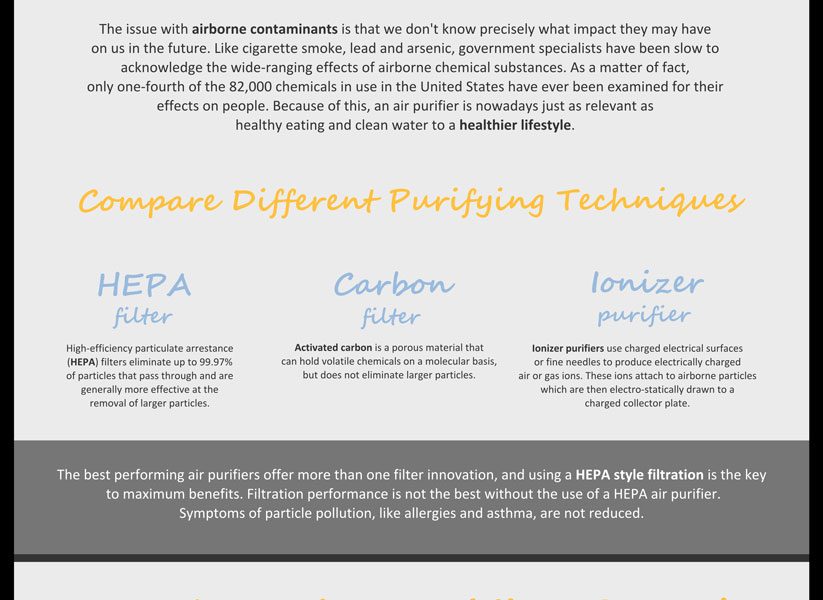The Future Of Home Heating - Just How Heat Pump Modern Technology Is Developing
The Future Of Home Heating - Just How Heat Pump Modern Technology Is Developing
Blog Article
Content By-Rosenthal Oliver
Heatpump will be an important technology for decarbonising heating. In a scenario constant with governments' announced energy and climate commitments, their worldwide ability increases by 2030, while their share in home heating rises to one-quarter.
They function best in well-insulated homes and rely on electricity, which can be provided from a renewable power grid. Technological advancements are making them more efficient, smarter and cheaper.
Gas Cells
Heat pumps make use of a compressor, cooling agent, coils and followers to relocate the air and warm in homes and devices. They can be powered by solar power or power from the grid. They have been obtaining popularity due to their affordable, peaceful operation and the capacity to generate electrical energy throughout peak power need.
Some companies, like IdaTech and BG MicroGen, are working on fuel cells for home heating. These microgenerators can change a gas boiler and produce a few of a house's electrical needs with a link to the electricity grid for the rest.
But there are factors to be hesitant of using hydrogen for home heating, Rosenow claims. It would be costly and inefficient contrasted to other modern technologies, and it would add to carbon emissions.
Smart and Connected Technologies
Smart home technology enables homeowners to connect and regulate their gadgets from another location with the use of smartphone applications. For instance, wise thermostats can discover your heating preferences and immediately adapt to maximize energy usage. Smart lights systems can be regulated with voice commands and instantly switch off lights when you leave the space, lowering energy waste. And visit my homepage can check and manage your electrical use, permitting you to recognize and restrict energy-hungry devices.
The tech-savvy house portrayed in Carina's meeting is a great picture of exactly how passengers reconfigure room home heating practices in the light of brand-new wise home technologies. They rely on the tools' automated functions to execute daily adjustments and concern them as a convenient means of performing their heating practices. As such, they see no reason to adapt their techniques better in order to enable flexibility in their home energy need, and interventions targeting at doing so may face resistance from these households.
Electrical power
Because warming homes represent 13% people discharges, a button to cleaner options could make a large difference. However the technology faces challenges: It's costly and needs extensive home restorations. And it's not constantly compatible with renewable energy sources, such as solar and wind.
Till recently, electrical heatpump were as well pricey to compete with gas versions in many markets. But brand-new advancements in layout and materials are making them a lot more cost effective. And far better cool climate efficiency is allowing them to operate well even in subzero temperature levels.
The following action in decarbonising heating might be the use of heat networks, which attract warmth from a central source, such as a close-by river or sea inlet, and disperse it to a network of homes or buildings. That would lower carbon exhausts and allow families to benefit from renewable resource, such as green electrical energy from a grid supplied by renewables. This alternative would certainly be much less costly than switching over to hydrogen, a nonrenewable fuel source that needs new infrastructure and would just decrease CO2 discharges by 5 percent if paired with enhanced home insulation.
Renewable resource
As electrical power rates go down, we're beginning to see the very same trend in home heating that has driven electric autos into the mainstream-- however at an even much faster rate. The solid environment situation for electrifying homes has been pushed even more by new research.
Renewables account for a significant share of modern warm intake, yet have been offered minimal policy attention internationally compared to various other end-use markets-- and even less interest than electrical energy has. Partially, this reflects a mix of consumer inertia, split motivations and, in several countries, subsidies for fossil fuels.
New modern technologies can make the shift easier. For instance, heat pumps can be made extra power efficient by replacing old R-22 refrigerants with new ones that don't have the high GWPs of their predecessors. Some experts likewise picture area systems that draw warmth from a close-by river or sea inlet, like a Norwegian fjord. The warm water can then be made use of for heating and cooling in an area.